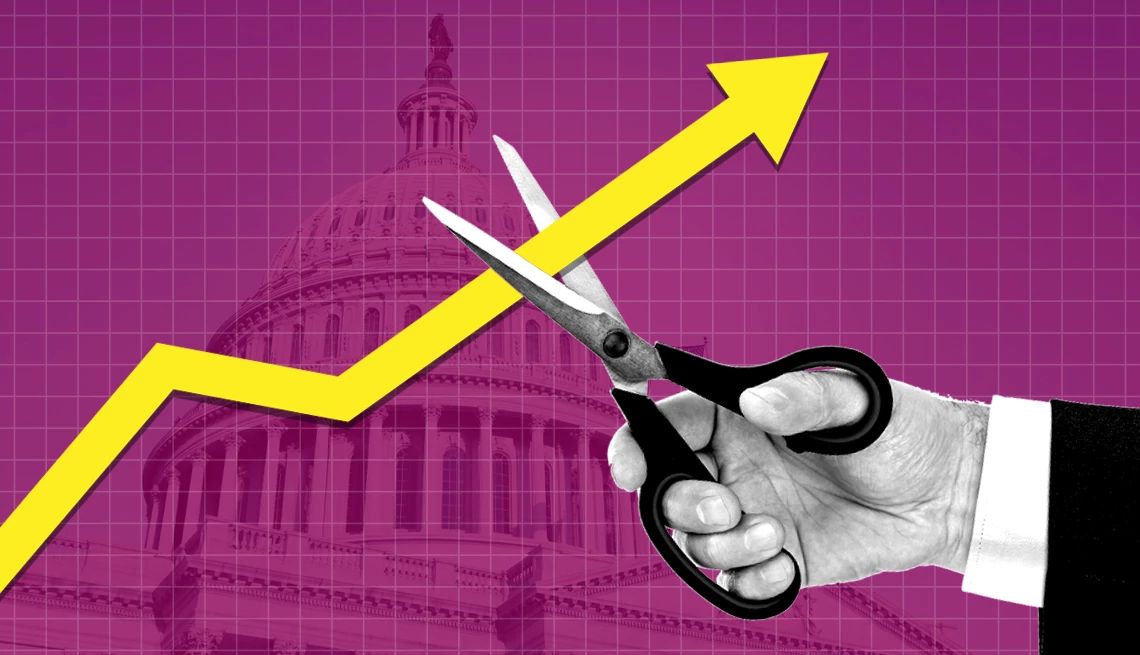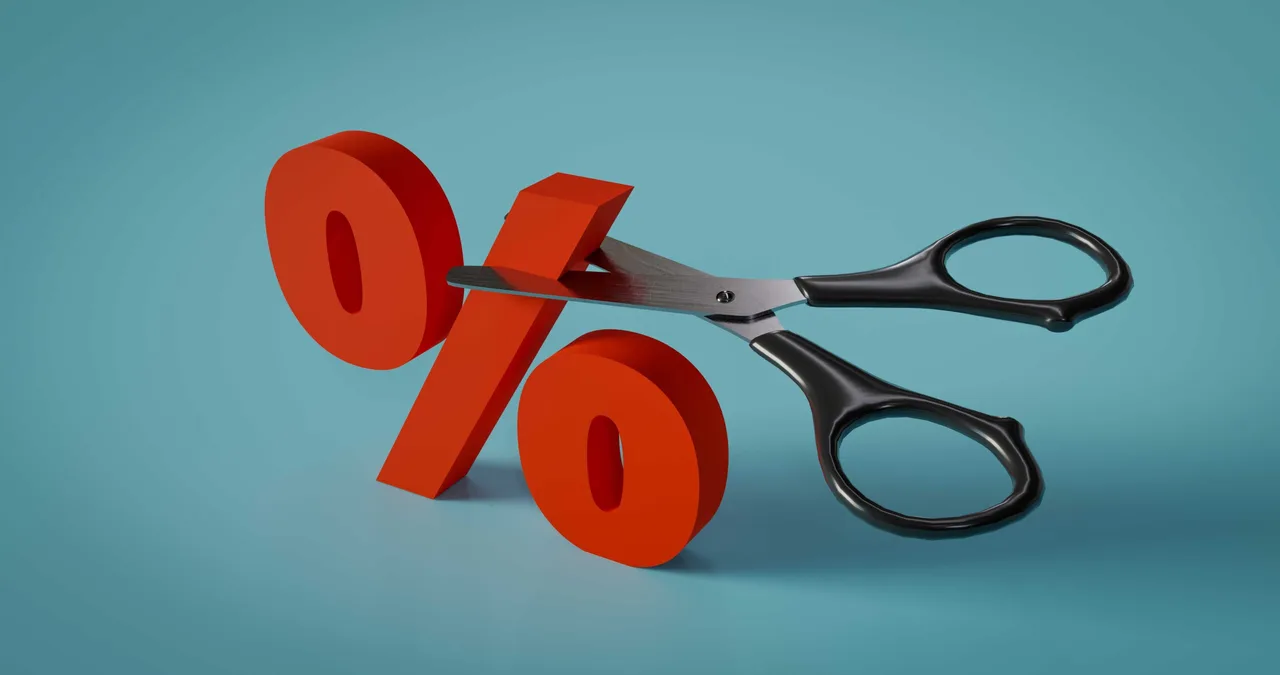Learn how a Fed rate cut affects the economy, your finances, inflation, and markets. Discover expert insights, impacts, FAQs, and smart moves to make when rates drop.
A Fed rate cut is one of those financial terms that you hear on the news and immediately know it’s important, even if you’re not quite sure what it means. When the Federal Reserve, often just called the Fed, announces a rate cut, the ripple effects touch nearly every corner of the economy—from Wall Street to your local coffee shop. But what exactly is a Fed rate cut, and why should you care? Let’s break it all down in a way that’s easy to understand but still packed with expert insights.
Understanding the Basics of a Fed Rate Cut
At its core, a Fed rate cut is the Federal Reserve lowering the federal funds rate, which is the interest rate at which banks lend money to each other overnight. While this might sound like inside baseball for bankers, it actually affects a wide range of interest rates across the economy, including those on mortgages, auto loans, credit cards, and savings accounts.
When the Fed decides to cut rates, it’s usually aiming to stimulate economic activity. Lower interest rates make borrowing cheaper, which can encourage people and businesses to take out loans and spend more. It can also boost the stock market, at least in the short term, because lower rates often mean better profit margins for companies and more investment.
But don’t mistake a Fed rate cut as a magic wand that instantly fixes economic problems. It’s more like a lever that shifts incentives and behaviors. The results depend heavily on the current economic context—whether that’s high inflation, weak job growth, or geopolitical uncertainty.
Why the Fed Cuts Rates in the First Place
The Federal Reserve has a dual mandate: to promote maximum employment and to keep inflation in check. A Fed rate cut is one of its key tools for balancing those goals, especially when the economy shows signs of slowing down.
For example, if job creation stalls or consumer spending dips, the Fed might lower rates to make it cheaper to borrow money, thus encouraging economic growth. On the flip side, if inflation is getting out of control, the Fed is more likely to raise rates instead to slow down the economy and reduce price pressures.
The decision to implement a Fed rate cut isn’t taken lightly. Fed officials analyze tons of economic data, listen to reports from business leaders, and evaluate risks to both the U.S. and global economies. When they finally decide to cut rates, it’s usually after months of careful deliberation.
The Impact of a Fed Rate Cut on Consumers
One of the first places you’ll likely feel a Fed rate cut is in your personal finances. If you have debt—especially credit card debt or a variable-rate loan—you might notice your interest rates drop. That can mean smaller monthly payments and more money in your pocket.
Mortgage rates can also be influenced by Fed rate cuts, although the relationship isn’t always direct. Fixed mortgage rates are more closely tied to long-term bond yields, which can move in response to Fed actions. Still, lower rates often translate into a friendlier housing market, making it a good time to refinance or buy.
Savings accounts, unfortunately, take a hit. Banks lower the interest they pay on deposits when the Fed cuts rates. That means your savings grow more slowly. So, while borrowers cheer a Fed rate cut, savers might not be thrilled.
Business Response to Fed Rate Cuts

Businesses tend to welcome a Fed rate cut, especially those that rely on borrowing to fund expansion, research, or inventory. Lower borrowing costs can improve profit margins and encourage investment.
Small businesses, in particular, can benefit as access to cheaper loans helps them grow or weather economic slowdowns. Startups and companies operating on thin margins often find rate cuts especially helpful.
However, not all industries respond equally. Financial institutions like banks and insurance companies might see slimmer profit margins due to lower interest income. Meanwhile, sectors like real estate, construction, and manufacturing usually get a boost.
Stock Market Reactions to Fed Rate Cuts
When the Fed announces a rate cut, stock markets often react quickly. Lower interest rates can lead to higher stock prices, as investors anticipate increased spending, borrowing, and overall economic activity.
Tech stocks, consumer discretionary, and real estate often rally after a rate cut. These sectors tend to be more sensitive to economic conditions and benefit from increased consumer spending and lower financing costs.
Still, it’s not always a straight line up. If the market believes the Fed is cutting rates because it fears a severe economic downturn, investor sentiment can sour quickly. Context is everything. A Fed rate cut meant to preempt a slowdown might be viewed positively, while a rate cut in response to a crisis can trigger anxiety.
Fed Rate Cut and Inflation Dynamics
A Fed rate cut is a balancing act when it comes to inflation. Ideally, rate cuts help boost the economy without letting prices spiral out of control. But if the Fed cuts too much or too fast, it risks fueling inflation.
When borrowing becomes cheaper, people and businesses tend to spend more. That can push prices up if supply doesn’t keep pace. The Fed watches inflation indicators closely to avoid repeating past mistakes, like in the 1970s when aggressive rate cuts led to runaway inflation.
That’s why the Fed often communicates clearly about its expectations and future moves. The goal is to guide the market and public expectations, so there aren’t any surprises that could disrupt stability.
Global Implications of a Fed Rate Cut
Fed rate cuts don’t just affect the U.S. economy. They can shake up financial markets and economies worldwide. When U.S. interest rates fall, it often leads to a weaker dollar. That’s good for American exporters but can challenge foreign companies and countries with dollar-denominated debt.
Emerging markets are particularly sensitive. A Fed rate cut can spur capital inflows to developing countries as investors search for higher returns. That can help stimulate growth abroad but also adds risks of asset bubbles or currency volatility.
Central banks in other countries sometimes adjust their own rates in response to the Fed. It’s a complex global dance, and the Fed’s decisions are closely watched by policymakers around the world.
Historical Perspective on Fed Rate Cuts
Looking back, Fed rate cuts have played pivotal roles in shaping U.S. economic history. During the Great Recession, the Fed cut rates aggressively to near zero and introduced other measures like quantitative easing to support recovery.
After the pandemic hit, the Fed again slashed rates quickly in an effort to stabilize markets and spur economic activity. These actions had profound impacts—some positive, some controversial.
Understanding how the Fed has used rate cuts in the past helps us see the bigger picture. It shows the power of monetary policy but also its limits. Rate cuts can help steer the economy, but they can’t control every variable.
The Risks and Limitations of Fed Rate Cuts
While a Fed rate cut can be a powerful tool, it’s not without downsides. If rates stay low for too long, it can encourage excessive risk-taking. Investors might chase higher yields in riskier assets, potentially inflating bubbles.
There’s also the concern that rate cuts lose their punch when rates are already low. If the federal funds rate is near zero, the Fed has less room to maneuver. That’s why it sometimes uses other tools, like asset purchases, to stimulate the economy.
And then there’s the psychological aspect. If the Fed cuts rates and people interpret it as a sign of deeper trouble, it can backfire. Confidence matters just as much as credit when it comes to economic momentum.
Quotes from Experts on Fed Rate Cuts
“Monetary policy is not a panacea. A Fed rate cut can buy time, but it can’t solve structural problems.” – Former Fed Chair Ben Bernanke
“When the Fed cuts rates, it’s not just a number—it’s a message.” – Economist Diane Swonk
“The effects of a Fed rate cut depend on timing, communication, and economic context.” – Financial Analyst Carl Weinberg
Fed Rate Cut: What You Should Do

If you’re a borrower, it might be a good time to refinance your debt. Lower interest rates can save you money on loans and credit cards. For homeowners, refinancing a mortgage could lead to significant savings.
For savers, unfortunately, the options are less attractive. Lower rates mean lower returns on savings accounts and CDs. You might need to consider other investments, but be mindful of risk.
Investors should watch market trends but avoid knee-jerk reactions. Rate cuts can boost stocks, but it’s important to stay diversified and think long-term.
Table: How a Fed Rate Cut Affects Key Financial Areas
| Financial Area | Typical Effect of a Fed Rate Cut |
|---|---|
| Credit Card Interest | Decreases |
| Mortgage Rates | Often Decrease, Especially Variable-Rate |
| Auto Loans | Decrease |
| Savings Account Returns | Decrease |
| Stock Market | Often Rises (Short-Term) |
| Business Investment | Increases |
| U.S. Dollar Value | Decreases |
| Emerging Markets | May Experience Capital Inflows |
FAQs About Fed Rate Cut
What is a Fed rate cut? A Fed rate cut is when the Federal Reserve lowers the interest rate it charges banks, which can affect borrowing, spending, and saving across the economy.
Why does the Fed cut interest rates? The Fed cuts rates to stimulate economic activity, especially during slowdowns or to prevent a recession. It’s a tool to encourage borrowing and investment.
How does a Fed rate cut affect mortgages? While not directly tied, mortgage rates often drop following a Fed rate cut, especially adjustable-rate mortgages. This can make home buying or refinancing more affordable.
Does a Fed rate cut lower credit card interest rates? Yes, most credit cards have variable rates linked to the Fed’s rate, so a cut usually leads to lower interest charges on your balance.
Is a Fed rate cut good or bad? It depends. It’s good for borrowers and the stock market, but not so great for savers. The overall impact varies based on economic conditions and your personal financial situation.
How often does the Fed cut rates? There’s no set schedule. The Fed meets about every six weeks and makes decisions based on economic data, risks, and forecasts.
Can the Fed rate go negative? Technically yes, but it’s unlikely in the U.S. so far. Negative rates have been tried in other countries but come with complex side effects.
Do Fed rate cuts affect student loans? Federal student loans have fixed rates, so they aren’t affected. However, private student loans with variable rates can see changes.
What happens to the stock market after a Fed rate cut? Stocks often rally on rate cut news, especially growth-sensitive sectors. But the context matters—cuts during economic panic might not spark much optimism.
How long do the effects of a Fed rate cut last? The effects can last months or even years, depending on the economic environment and whether additional rate moves follow.
Conclusion: Understanding the Fed’s Rate Cut Ripple
A Fed rate cut is far more than just a financial headline. It’s a strategic move that impacts borrowing, spending, saving, and investing throughout the entire economy. Whether you’re a homeowner, business owner, saver, or investor, understanding how a Fed rate cut works—and what it means for your money—can help you make smarter decisions and stay ahead in a shifting economic landscape. Keep an eye on the Fed, because when they move, the whole economy listens.




